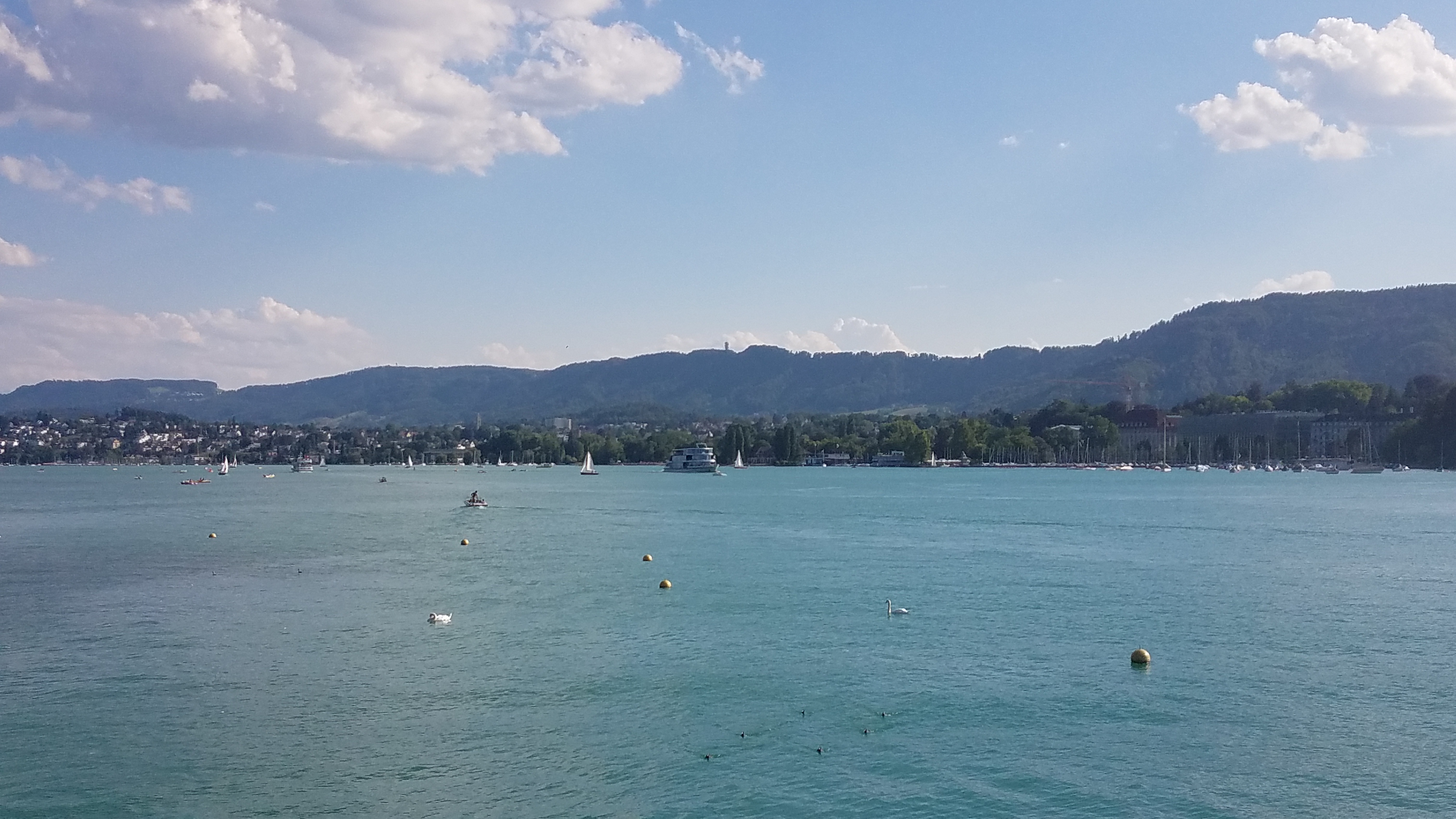Problem Statement
Saltwater intrusion, which is the process by which saltwater replaces freshwater in the subsurface, is a growing problem in many coastal cities across the globe. The need for more potable water sources by growing coastal communities has led to increased withdrawal rates from groundwater wells in coastal regions. Saltwater intrusion is a problem because groundwater wells that have saltwater may have to be abandoned, or costly water treatment techniques would have to be used to make the water drinkable
Module Overview
On the eastern seaboard of the United States, many coastal cities with growing populations are at risk from saltwater intrusion. In this module, students will use principles of physical groundwater hydrology to evaluate the vulnerability of coastal communities to saltwater intrusion.
Topics Covered
The following topics will be covered in this module. The topics are to be covered in the sequence shown below.
Data Acquisition and processing
Data analysis and interpretation acquisition and processing
Creation and application of an evaluation rubric
Development of a mitigation plan
Prerequisites
Before taking this module, students should be able to
- describe and differentiate confined and unconfined aquifers in coastal regions
- describe a cone of depression
- identify cones of depressions using potentiometric surface maps
The following Hydrolearn Module includes additional background material that would be beneficial to students taking this course:
Groundwater Flow
Learning Objectives
At the end of this module, students will be able to:
- Retrieve groundwater data from publicly available sources to generate potentiometric maps
- Evaluate potentiometric maps in regions with coastal communities with large populations
- Use qualitative and quantitative information to assess the vulnerability of coastal communities to saltwater intrusion
- Develop a mitigation that addresses the potential for saltwater intrusion in large coastal communities.
This will be accomplished through activities within each section. Results from each activity will be recorded in specified results templates. The results templates for each activity can be found at the beginning of each activity. The results templates are organized such that results from one activity can easily be used in successive activities.
Course Authors
Dr. Alex Manda
Dr. Alex K. Manda is an associate professor of Water Resources in the Department of Geological Sciences, and a research scientist in the Water Resources Center at East Carolina University (ECU). Dr. Manda’s research focuses on investigating groundwater-surface water interactions, assessing the hydrologic properties of fractured and karst media, and studying the influence of environmental change on water resources particularly in coastal regions.
mandaa@ecu.edu
Dr. Sam Mutiti
Professor of Geology
samuel.mutiti@gcsu.edu
Target Audience
The target audience for this module is junior/senior undergraduate students in water resources, groundwater hydrology, hydrogeology or environmental science courses
Course Sharing and Adaptation
This course is available for export by clicking the "Export Link" at the top right of this page. We recommend you use the following citation:
Manda, A.K, Mutiti, S. (2021). Saltwater Intrusion in Coastal Regions. HydroLearn. https://edx.hydrolearn.org/courses/course-v1:EastCarolinaUniversity+GEOL5710+2021_Fall/about
Solution keys
If you are an Instructor seeking the answer keys, please contact the course creators using your official University email account.
Expected Effort
The module developers estimate that this module will take between 10 to 12 hours to complete.



